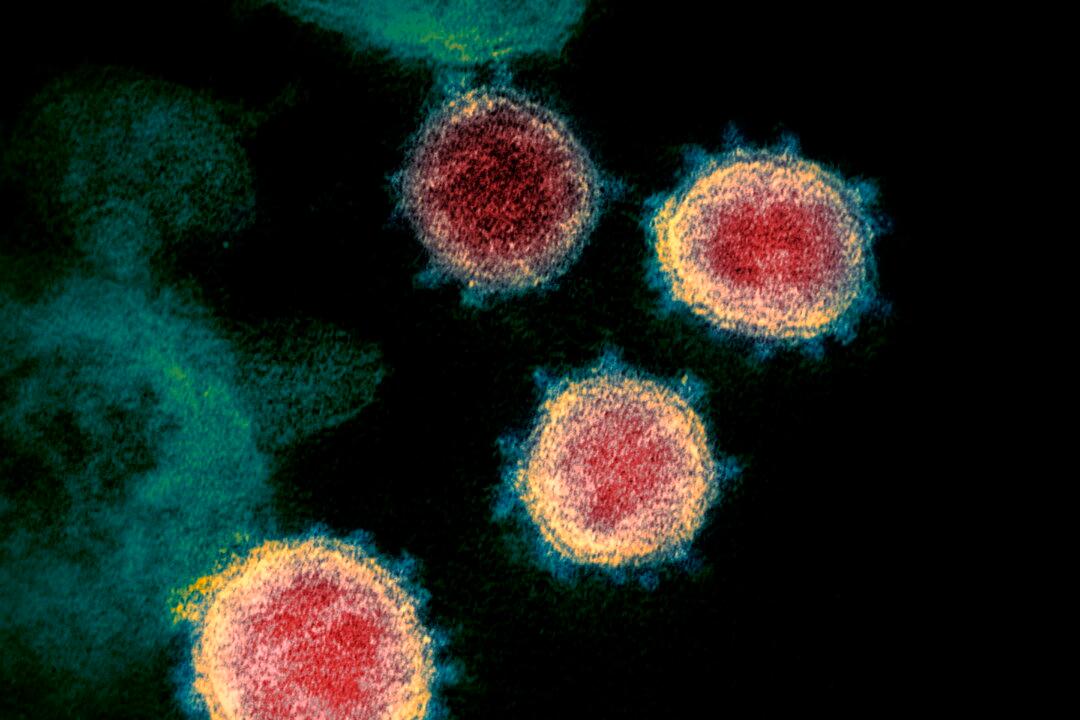A new study has (pdf) found that the CCP (Chinese Communist Party) virus can remain on an individual’s skin for much longer than other flu viruses.
Conducted by the Graduate School of Medical Science at the Kyoto Prefectural University of Medicine in Japan, the study aimed to determine the amount of time that the CCP virus could survive on human skin.





